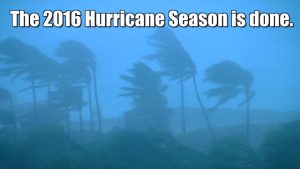 Courtesy of iii.org
Courtesy of iii.org
This white paper examines the current exposure to cyberrisk and how insurers are responding:
- Interest in cyber insurance and risk continues to grow beyond expectations in 2016 in part due to high profile data breaches, but also due to awareness of the almost endless range of exposures businesses face.
- Attacks and breaches have grown in frequency, and loss costs are on the rise.
- Insurers are issuing an increasing number of cyber insurance policies and becoming more skilled and experienced at underwriting and pricing this rapidly evolving risk. More than 60 carriers now offer stand-alone cyber insurance policies, and it is estimated the U.S. market is worth over $3.25 billion in gross written premiums in 2016, with some estimates suggesting it has the potential to grow to $7.5 billion.
Some observers believe that exposure is greater than the insurance industrys ability to adequately underwrite the risk. Attacks have the potential to be massive and wide-ranging due to the interconnected nature of this risk, which can make it difficult for insurers to assess their likely severity. The underreporting of attacks means that accurately evaluating exposures is challenging. Several insurers have warned that the scope of the exposures is too broad to be covered by the private sector alone, and a few observers see a need for government cover akin to the terrorism risk insurance programs in place in several countries.
Click here to download Cyberrisk: Threat And Opportunity, October 2016, a companion slideshow, that highlights key findings from this white paper. (Access limited to I.I.I. Members and subscribers)
Please click on the file name below to view the white paper in PDF format. You will need Adobe Acrobat Reader to view the file.
Download cyber_risk_wp_102716-91.pdf
You can download Adobe Acrobat Reader, free of charge, from the Adobe website (http://www.adobe.com/products/acrobat/readstep.html).
Note: Printer fonts may vary by browser and version of Adobe Reader.



